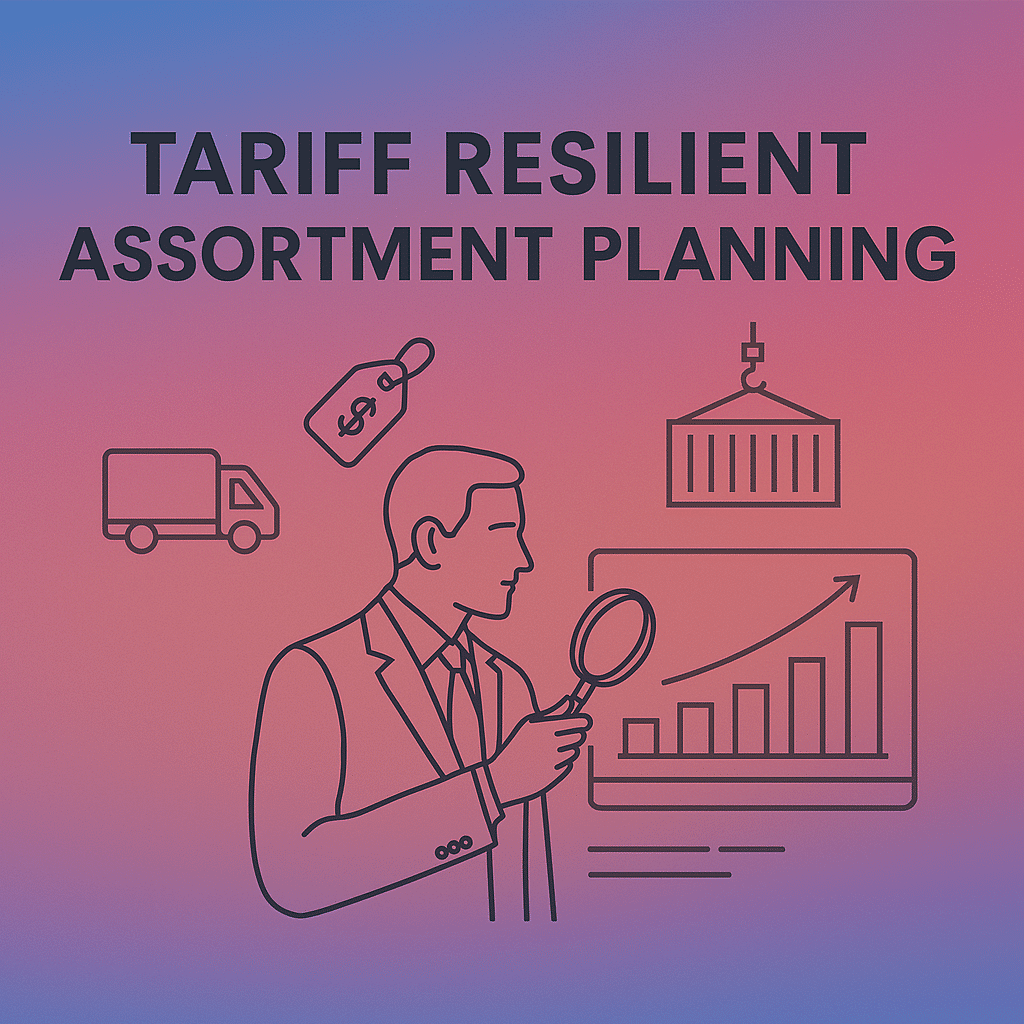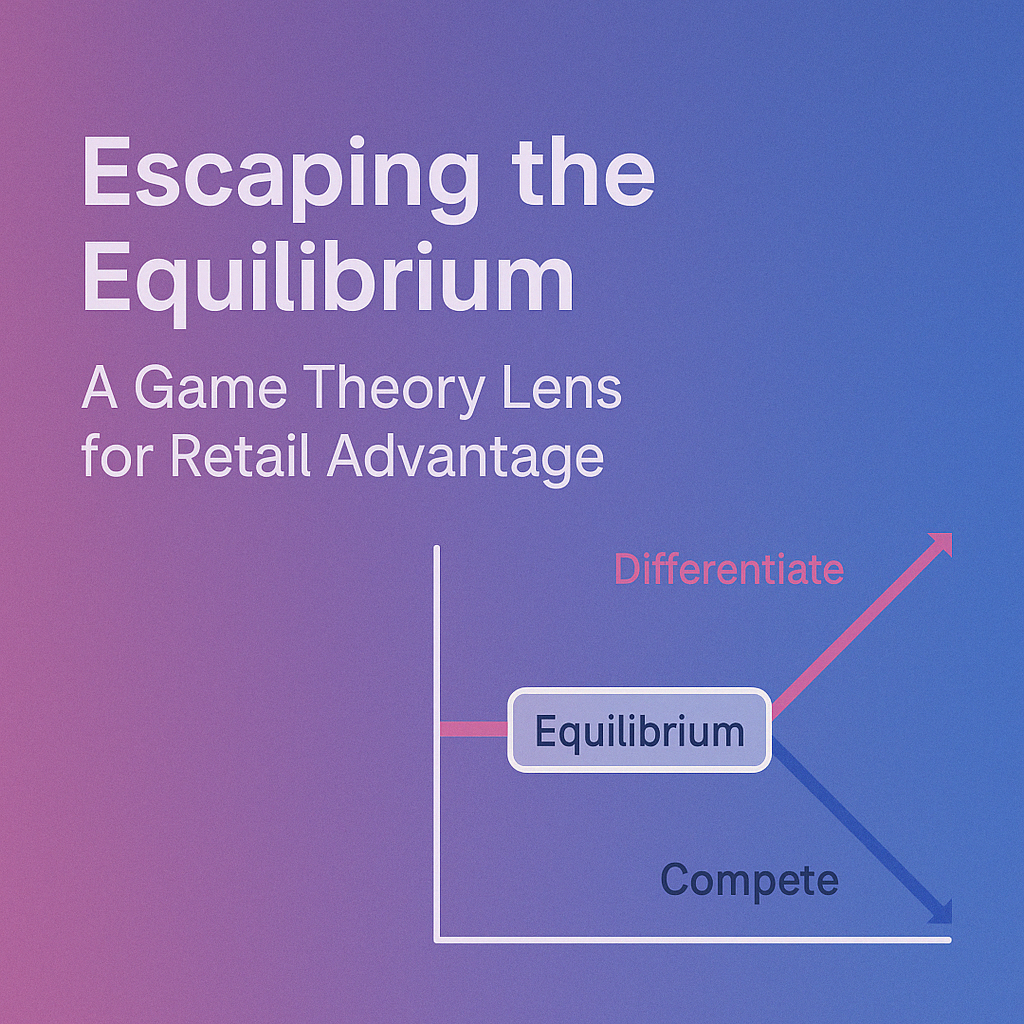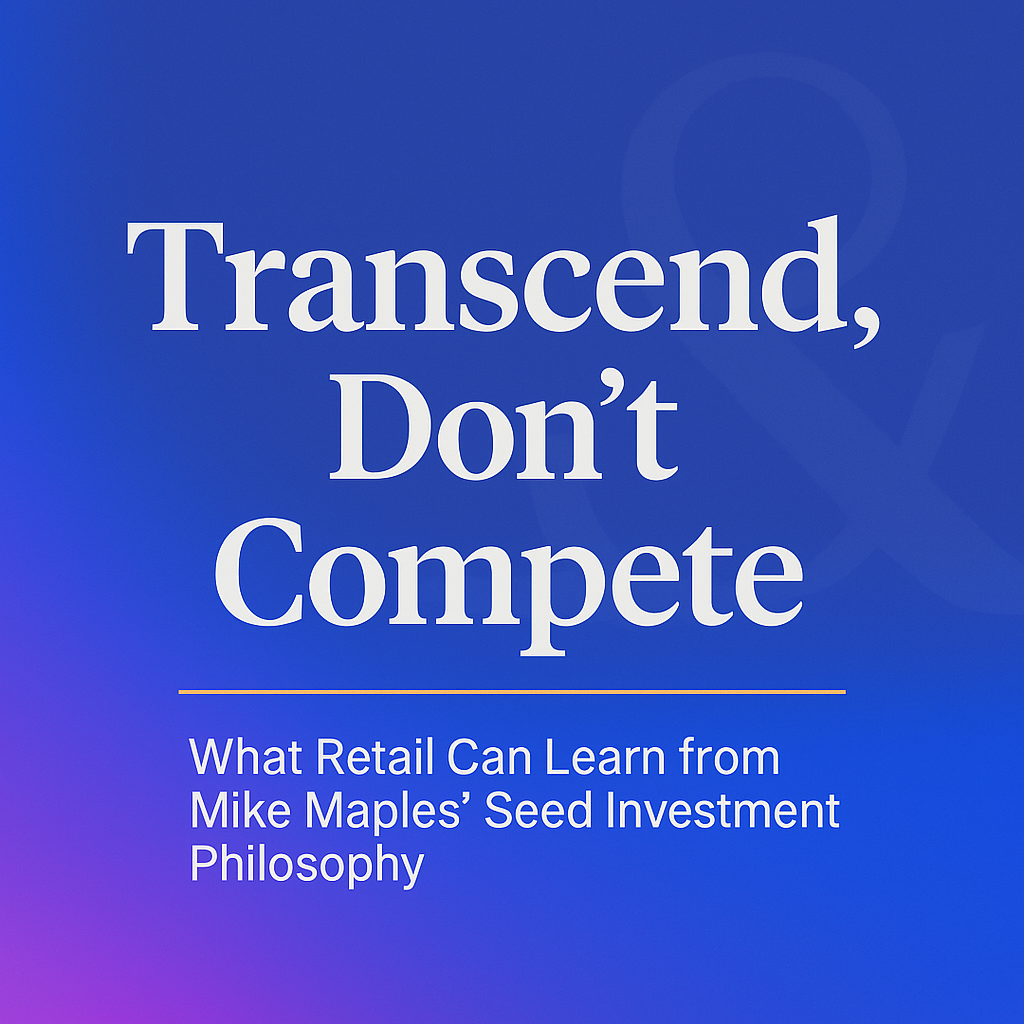Tariff Resilient Assortment Planning

Future-Proofing Retail in a Volatile Trade Landscape
Executive Summary: Redefining Retail Strategy with Resilient Assortment Planning
The global retail ecosystem in 2025 is being redefined by trade volatility. With tariffs of 10% to 25% now affecting goods from critical global markets, traditional assortment strategies anchored in historical sales or competitor replication have become strategically insufficient. Retailers must now adopt tariff resilient assortment planning as a core capability to protect margins, sustain customer loyalty, and outperform competitors.
Research shows that retailers using outdated assortment methodologies experienced a 14% drop in gross margin dollars and an 8% decrease in basket size due to across-the-board price increases[1]. On the other hand, retailers who embraced resilient assortment planning—rooted in consumer demand sensing—achieved margin stability and maintained transaction sizes, outpacing peers by 9% to 12%.
This blog presents a comprehensive framework for tariff resilient assortment planning to help retail leaders:
- Shift assortment planning from a cost-driven exercise to a competitive strategy using resilient assortment planning principles
- Rebalance category roles in the face of varying tariff impact zones through tariff-resilient assortment planning tactics
- Build assortments aligned to real-time consumer demand signals using tariff-resilient assortment planning insights
The winners in this new landscape will not be those with the best predictions, but those with the best demand intelligence enabled by resilient assortment planning.
Understanding Tariff Impact Zones in Assortment Strategy
Resilient assortment planning starts by identifying areas most exposed to tariff-induced pressure. The nature and intensity of impact vary across categories:
1. High-Velocity Essentials: Price-Sensitive Repeat Buys
- Includes groceries, dairy, household consumables
- Strong price sensitivity and lower brand loyalty
- 23% of consumers switch to cheaper alternatives once psychological price thresholds are crossed[3]
Implication: Retailers must use surgical precision within their tariff-resilient assortment planning to protect margins while preserving consumer value perception.
2. Discretionary Categories: Managing Trade-Down Behavior
- Includes apparel, home decor, electronics
- Consumers delay purchases by an average of 43 days amid significant price hikes[3]
- 37% report active search for lower-priced alternatives
Implication: Introduce “good-better-best” pricing structures and recalibrate assortments using tariff-resilient assortment planning to protect volumes.
3. Perishables: Facing Labor and Sourcing Constraints
- Includes fresh produce, berries, leafy greens
- Hit by both labor shortages and sourcing challenges
- Time-to-shelf constraints limit flexibility
Implication: Strategies must include pack size revisions, specification adjustments, and smart sourcing—all core elements of tariff-resilient assortment planning.
75% of consumers reported trading down due to price hikes in Q1 2025[4]. The need for resilient assortment planning is evident across all segments.
The Two-Axis Assortment Decision Matrix™
To move beyond blunt cost-based decisions, we propose a robust decision framework grounded in resilient assortment planning.
X-Axis: Tariff Vulnerability
Assesses the degree of exposure based on cost, sourcing options, and supply chain rigidity.
- High: Tariffs >15%, limited sourcing, long lead times
- Moderate: 5-15% tariffs, some reformulation potential
- Low: <5% tariffs, strong domestic options
Y-Axis: Consumer Demand Resilience
Assesses price elasticity and consumer brand loyalty.
- High: Low elasticity, essential items, strong loyalty
- Moderate: Semi-discretionary, some alternatives
- Low: Highly elastic, many substitutes
Four Strategic Quadrants Emerge in Tariff-Resilient Assortment Planning:
Core Advantage (Low Tariff, High Resilience)
- Expand assortments, strategic pricing gains
Strategic Dilemma (High Tariff, High Resilience)
- Premiumize, invest in alternative sourcing
Value Engineering (High Tariff, Low Resilience)
- Optimize specs, pack sizes, and reformulate
Margin Drainers (Low Tariff, Low Resilience)
- Rationalize, shift to private label or exit
Bain & Company highlights that elasticity varies up to 5x across categories[5]. This variation demands precision in assortment planning.
Deploying Four Winning Strategies in Resilient Assortment Planning
Based on the matrix, the following strategies enable data-driven, demand-centered decisions:
Strategy 1: Protect & Prioritize
- Quadrant: Low Tariff / High Resilience
- Tactics: Expand assortment depth, premium placement, selective price increases, cross-category traffic boosters using tariff-resilient assortment planning insights
Strategy 2: Streamline & Focus
- Quadrant: High Tariff / High Resilience
- Tactics: Rationalize SKUs, introduce premium tiers, enhance sourcing, maintain core assortment through tariff-resilient assortment planning
Strategy 3: Reinvent & Differentiate
- Quadrant: High Tariff / Low Resilience
- Tactics: Reformulate, change pack sizes, create capsule collections, explore domestic manufacturing through targeted tariff-resilient assortment planning
Strategy 4: Evaluate & Exit
- Quadrant: Low Tariff / Low Resilience
- Tactics: Reduce assortment width, switch to private label, reallocate resources guided by tariff-resilient assortment planning
S&P Global found that retailers using category-specific responses achieved 1.7x better margin retention than those using uniform strategies[6]. This reinforces the value of tailored assortment planning.
Implementation Roadmap: The First 100 Days of Resilient Assortment Planning
Weeks 1–2: Rapid Assessment
- Evaluate tariff impact per category using resilient assortment planning tools
- Map elasticity and consumer response
- Prioritize urgent action areas
Weeks 3–6: Strategy Design
- Refine consumer resilience analysis
- Create financial impact models through the lens of resilient assortment planning
- Document strategy by quadrant
Weeks 7–12: Planning & Engagement
- Define SKU-level roadmaps
- Develop sourcing, negotiation, and communication plans aligned with resilient assortment planning
- Establish success metrics and dashboards
Week 13+: Execute and Iterate
- Implement changes in phases
- Monitor consumer and competitor response
- Adjust based on real-time feedback supported by resilient assortment planning
Retailers who implemented structured response plans within 30 days of tariff news saw a 3–4% gross margin advantage. This underlines the urgency of activating resilient assortment planning quickly.
Conclusion: Building Resilience through Smarter Assortments
The era of assortment planning represents more than reactive cost control. It signals a transformative opportunity for retailers to:
- Differentiate with real-time demand insights using tariff-resilient assortment planning methodologies
- Balance immediate margin goals with long-term loyalty
- Develop flexible, future-ready assortments
Retailers who put consumer interest at the core of assortment planning are not just surviving tariff turbulence—they’re thriving through it.
Schedule Your Free Pricing Strategy Readiness Assessment – Contact Us Now
Don’t wait until tariffs impact your bottom line. Proactive retailers who implement strategic assortment approaches consistently outperform reactive competitors. Contact our team today to begin your journey toward tariff-resilient assortment planning.
References
[1] High Yield Landlord. (2024). “Market Update: The Impact of Higher Tariffs on Retail Performance.” https://www.high-yield-landlord.com/p/market-update-the-impact-of-higher
[2] McKinsey & Company. (2025). “The State of the US Consumer.” https://www.mckinsey.com/industries/consumer-packaged-goods/our-insights/the-state-of-the-us-consumer
[3] Singhal, A. (2024). “Consumer Behavior Shift: The Rise of Trading Down.” https://www.linkedin.com/pulse/consumer-behavior-shift-rise-trading-down-ankit-singhal-fn0ec/
[4] Oliver Wyman. (2025). “Retail Strategies to Adapt to New US Tariffs.” https://www.oliverwyman.com/our-expertise/insights/2025/jan/retail-strategies-to-adapt-to-new-us-tariffs.html
[5] Bain & Company. (2025). “Tariffs: What Retailers Need to Know.” https://www.bain.com/insights/tariffs-what-retailers-need-to-know-snap-chart/
[6] S&P Global. (2025). “Industry Credit Outlook: Retail & Restaurants.” https://www.spglobal.com/_assets/documents/ratings/research/101611582.pdf




